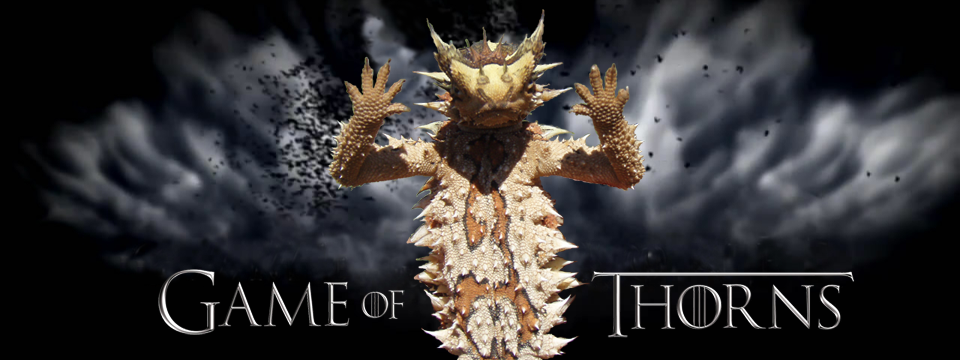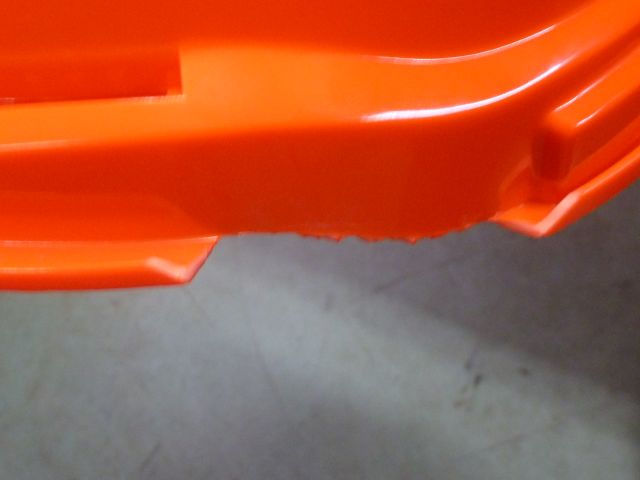 |
[For the uninitiated: RoHS stands for "Restriction of Hazardous Substances" and is an initiative to reduce the use of stuff like lead and cadmium in electronic devices. And, yes, there is a typo on the label above which has deliberately been replicated in the title of this post.]
One thing that puzzles me about a lot of technical people - that is to say, people with a trade/technician/engineer background - is that they seem to hold an extreme faith in the ability of science and technology to overcome any and every problem, yet they can at the same time be intensely resistant to technological change when it comes to environmental issues.
A specific example of this is lead-free solder.
Lead is a problematic substance. As a solid metal, it's fairly inert and arguably tolerable for some applications, but under the right (or should I say wrong) conditions it can be converted to soluble salts which are really bad news. It's a cumulative poison and toxic to just about every living thing. Consequently, you don't want to go pumping lead into the environment unnecessarily.
Now these days, there are an extraordinary number of short-lived consumer electronic devices available. Many are specifically designed to last only a short time and virtually none are repairable in any way. Regardless, pretty much all become superseded within a very few years.
The old units need to be disposed of. You're meant to take them to special recycling centres, but they're few and far between in many parts of the world. I'd say that well over half end up in landfill.
To say, as some do, that "no one has ever died from lead pollution caused by consumer electronics" is most probably wrong but in any case is disingenuous. It's a cumulative poison - by the time that there's enough of it floating around in the environment that people start dying, we are already totally screwed.
It therefore makes sense to eliminate lead (and similar toxic materials) from electronic devices where possible. Lead-free solder has been in use for many years now and works successfully in all sorts of increasingly complicated devices.
I use lead-free solder.
A quick guide to soldering: The most important thing with soldering is to have the items you wish to join clean, but a close second is to use the right amount of heat. Too much and you burn flux, melt insulation, lift PCB pads and damage components (in roughly that order). Too little and the solder doesn't wet the metal properly. The usual beginner error is to have things too cold.
Lead-free solder makes this process more difficult because it melts at a significantly higher temperature than lead/tin solder, meaning there's a smaller temperature window to operate in.
However, the difference isn't really that great. If you can solder properly using leaded solder, you'll also be fine with lead-free. To use a car analogy: the level of difficulty in moving from one to the other is not like moving from an automatic transmission to a manual; it's more like parking a sedan when you've previously only had to park a mini. That is to say, the same problems apply and you still use the same technique, but there's less margin for error.
For soldering components onto a PCB the difference is barely noticeable. For soldering difficult items the difference is greater; you will for instance have to go to a higher temperature setting (or get out the propane torch) sooner when soldering thicker wire; but it's still fair to say that anything that gives trouble with lead-free solder will also give trouble with the leaded variety.
Now I have had an electrician, who had never used lead-free solder, rant to me about stuff. His attitude was like that of a radio shock jock who'd just been kicked in the groin by an unemployed Muslim asylum seeker.
He told me of the horror of "tin whiskers" (an effect only seen with some very early tin-only solders) and that lead-free solder was the primary cause of the (non-existent) plague of unreliable electronics that supposedly now besets us.
As proof of his point, he mentioned a computer monitor he had purchased which had failed. He had opened it up and found the cause was a defective electrolytic capacitor.
:Sigh: Anyone who has repaired electrical equipment will be aware that electrolytic capacitors are notoriously one of the least reliable electronic components. They have been consistently so ever since they were first invented - decades before lead-free solder had been heard of - and this is due to the electrolyte they contain, which tends to dry up over time. The current ones don't even use solder internally. Blaming the failure of an electrolytic capacitor on lead-free solder is not merely akin to blaming a road accident on the use of unleaded petrol, but doing so when the vehicles involved were both diesels.
The guy must have known this, yet his visceral loathing of lead-free solder was such that he felt justified in telling a flat-out lie to bolster his position.
So it would seem that in the minds of some, lead/tin solder - a substance unchanged since Roman times - is the be-all and end-all of solder and it is not possible for modern technology to improve on it.
But on the other hand, technology can apparently overcome every other possible problem. Permanent manned base on Mars? Fusion power? Tsiolkovsky tower? No problem! The only thing holding us back is the lack of political will.
Anyway...
What I think is quite revealing is that there is nowhere near this level of hatred directed towards surface mount components. Surface mount components are at best diabolically difficult, and at worst impossible, to solder by hand. To continue with the motor vehicle analogies; if using lead-free solder is like parking a sedan as opposed to a mini, then hand-soldering SMDs - even with your beloved lead/tin solder - is like trying to reverse a three-unit road train into a parking space.
Although I expect this will have precisely zero effect on anyone, I would suggest to anyone in the anti-lead-free solder camp to have a good hard look at yourself: Are you being manipulated into an "environment = bad" mindset by those who have a vested interest in being allowed to pollute? Or is it just that you don't know how to solder?






















